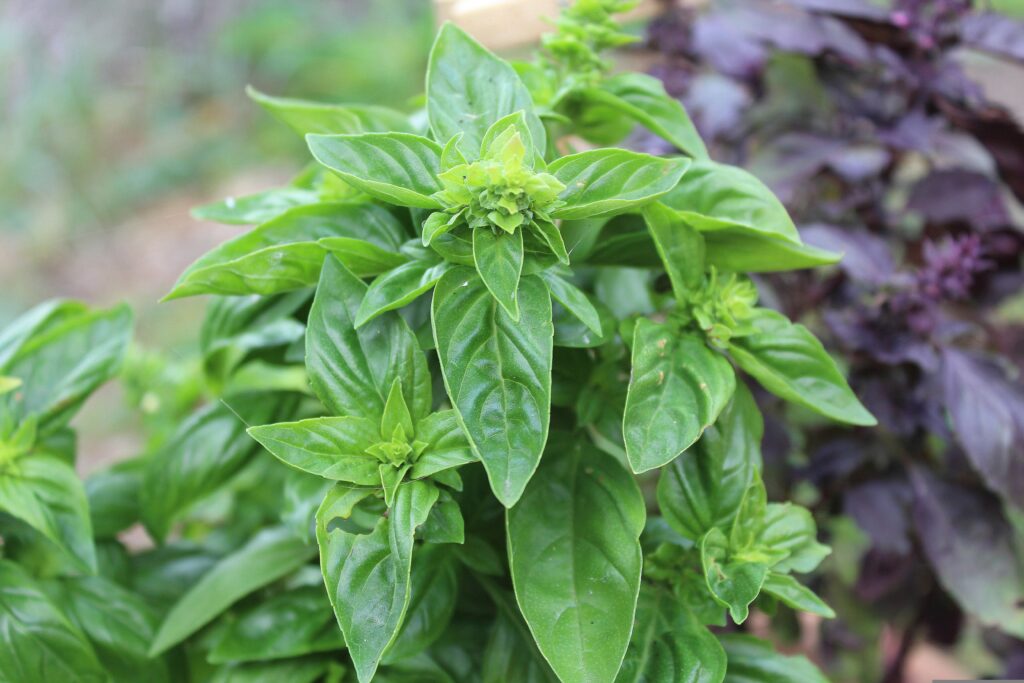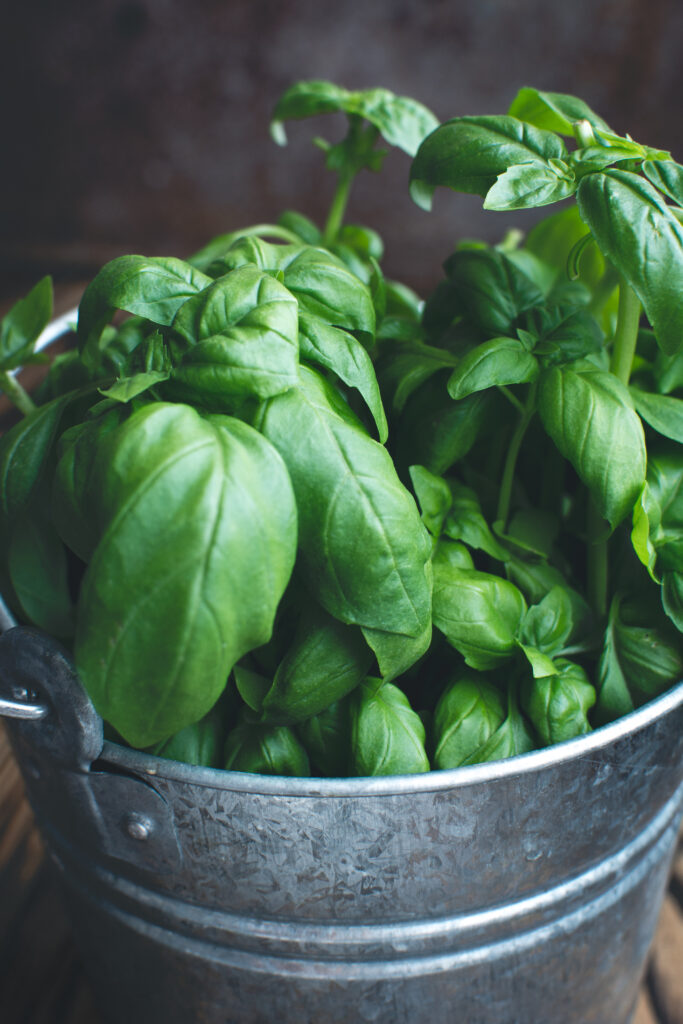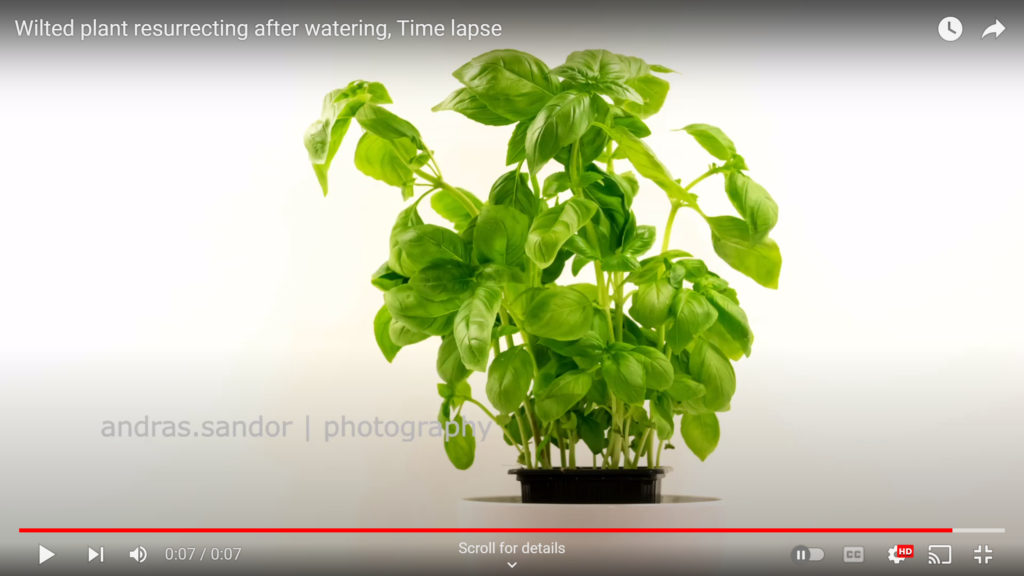Basil was on steroids in some areas of the country last summer. The regular big-leafed variety, the common Ocimum basilicum, grew into shrubs with the warmth of the early summer. Maybe that is not surprising, since they hale from Central Africa and South East Asia where basil is perennial and grows anywhere from one foot to almost five feet tall!
Here in the north, though, it is an annual — it really hates getting a chill and any sign of frost kills it – and while it seldom grows to the heights of this summer, it is friendly to indoor spaces as long as there is enough light.

Growers worry about it bolting – flowering and going to seed – but here is a little secret: only the stalk that flowers turns woody and stops sending that lovely oil to its leaves. You can allow one or two stalks to go all the way to seed while still harvesting the tender leaves of the unflowering stems. You can also pinch out flowers at the first sign of their emergence.
Here’s another secret: you can easily propagate basil from cuttings. A couple of weeks in some water and roots will emerge. A little rooting compound will speed things up. (Some people add a single regular aspirin to a gallon of water to hasten rooting). Cuttings should be between three to six inches and have several branch nodes. Remove all but the top four to six leaves. Plant the cutting up when the roots are well established.

Basil loves the outdoors, but will do just fine indoors as long as you provide enough light – a sunny window, or with a grow light. You can also collect the seeds and plant them next year, either starting them indoors about six weeks before the last frost or planting seed directly into soil after all danger of frost has passed.
Seeds take about 14 days to germinate and for the cotyledons to emerge. Two to three weeks later, they should be six inches tall. If you want early basil, start the plants indoors or buy plugs from the local garden centre. It is a good idea to start plants a few weeks apart to ensure you always have tender young leaves to pick for your fresh summer salads, pesto or other culinary delights.
6 basil varieties and their properties
Sweet basil. This sweetest of the basils, it is the one most likely to be found at your local grocery.
Sweet Thai basil. Small, dark pointed leaves, it keeps it flavour at higher cooking temperatures.
Purple basil. Dark burgundy coloured leaves with a stronger clove-like taste. Often steeped in vinegar or oil.
Lemon basil. Smooth, medium-sized, light green leaves. Wonderful aroma. Great for fish grilled vegetables.
Lettuce Basil. Crinkly leaves, good in salads. Mild in flavour. Sometimes used as a wrap.
Spicy globe basil. Small leaves in a mounded bush form. Strong, spicy odour and flavour. Use in soups and pasta.
This is just a few of the many varieties available.
There are many types and varieties of basil as you can see in the sidebar. An interesting variety is Holy basil (Ocimum sanctum), which is called Tulsi in Hindu. It shows its relationship to the mint family with its serrated leaves and square, red stems (it can also have purple leaves). It is spicy, sweet and is used in teas and medicines as well as in cooking. In Hinduism, the herb is sacred to the goddess, Tulsi, and offers protection. Hindu families often have a plant growing in their homes. It is said to help ulcers, joint pain and reduce stress.
When cooking with basil, add the leaves at the end of the cooking process. The sweet basils mostly lose their flavour at high temperatures. To preserve basil, it can be frozen. Drying is not very successful – makes it taste like hay!
If you have engaged in the old pronunciation wars about whether to say Bah-sil or Bay-zil, be advised that both are correct. The British usually say the word with the short “a” and Americans with the long “a”. As usual, Canadians are just confused.



